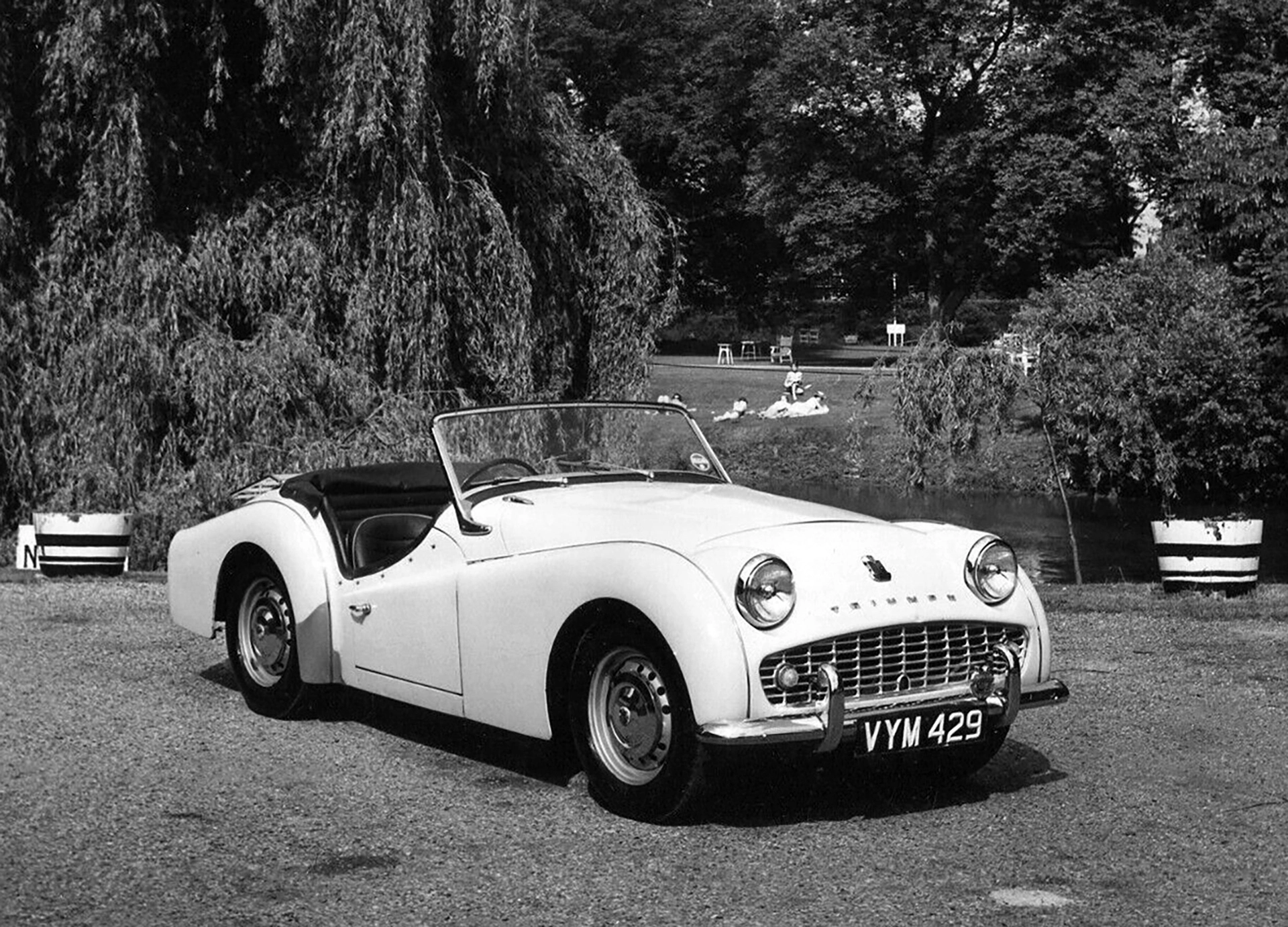The Nostalgia of Forgotten Gods: Triumph (cars), UK, 1923-1984
22 June 2024 3 min read 4 images

Photo credit: Spicers Auctioneers, Wheelsage
After moving from Germany to England Siegfried Bettmann founded New Triumph in Coventry, which introduced its first motorcycle with an internal combustion engine in 1902. The company quickly became the largest motorcycle manufacturer in the UK, supplying motorcycles to the British army by 1914.
Register to unlock this article
Signing up is free and gives you access to hundreds of articles and additional benefits. See what’s included in your free membership. See what's included in your free membership.
Already have an account? Log In


